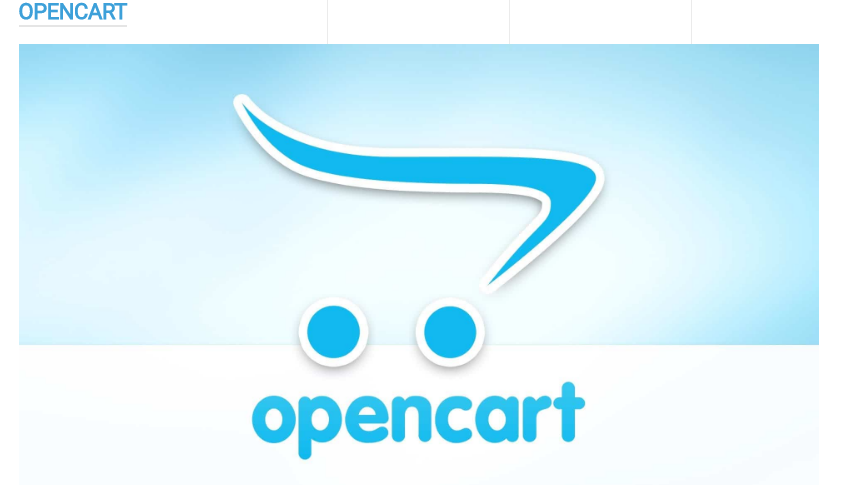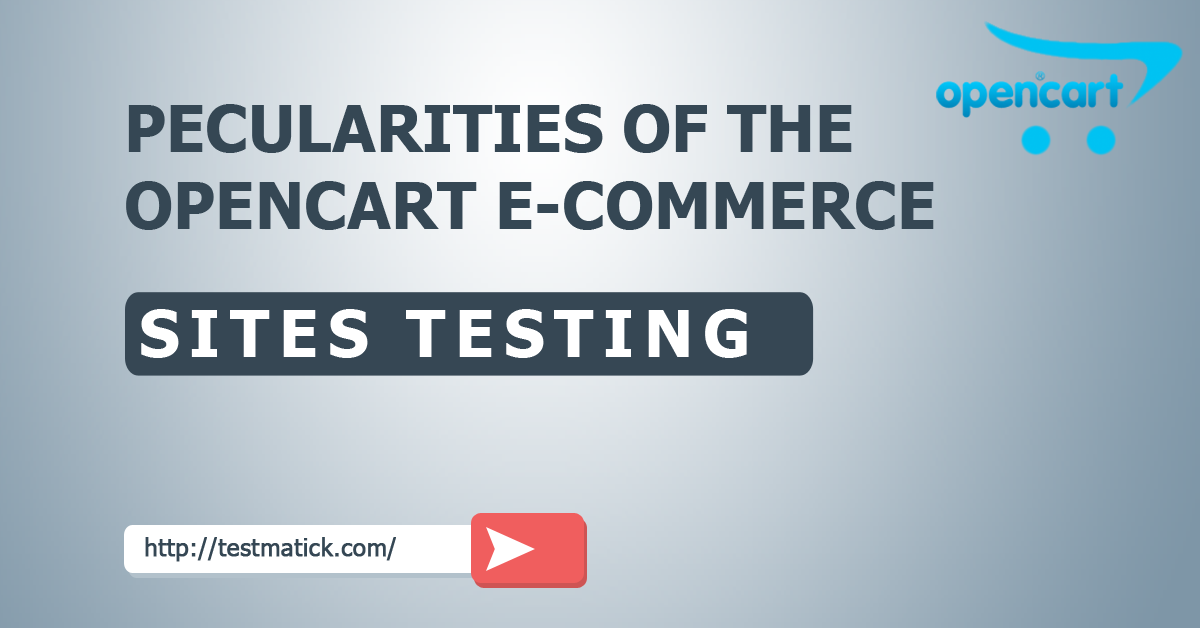Before revealing the peculiarities of testing the OpenCart e-commerce site, you need to answer a simple question: how exactly does one online store differ from the other? We will hardly make a mistake when we say that the main features are the solution of the tasks and the technological possibilities of modern programming.
The essence of any online store is to sell the goods to the interested customer, make this procedure intuitive, easy to perceive and minimize the virtual “steps” of the buyer during the purchase of goods. The process of “got to-purchased-received” should be easy to understand even for the most inexperienced user. Only then any online store will be able to realize its functionality efficiently, in other words, the ability to sell something to someone.

OpenCart
However, in practice, not everything is in such a remarkable manner. The chance to miss a bug during the development is large because IT-specialist needs to take into account a lot of factors starting from the future target audience, ending with fine nuances of the correct organization of web pages and forms displayed on them. So, how to test the OpenCart e-commerce site properly?
Why OpenCart?
It is OpenCart that can be considered from the point of view of the most suitable platform for the deployment of a multifunctional online store. The main advantages of the system:
- Creating an unlimited number of pages, products, categories;
- A wide range of technical functionality for administrators and prospective customers;
- Fast loading of web pages regardless of their “weight”;
- Simplicity and convenience of editing content;
- The possibility of developing individual modules;
- Free platform and the ability to connect many available and useful plugins and extensions.
Layout Testing. Are the Pages and Content of the Store Displayed Correctly?
We live in a mobile world where smartphones can perform a lot of operations without any restrictions along with the PC. Nowadays, a lot of buyers purchase and sell products with a smartphone screen or tablet computers anywhere in the world. Any OpenCart online store must meet the requirements of cross-browser compatibility and cross-platform fully. In other words, it’s equally “cool” to look on the “surface” of both the smartphone and the PC and it’s displayed in any modern browser completely (from Chrome to IE 14 Edge).
As a rule, layout bugs should be looked for in small page elements. But, even the smallest inaccuracies (for example, the word “buy” on the button is beyond it) can force the user to leave the site. Therefore, it is necessary to take into account so-called “control” decision points during the testing of the visual part of the site: the correctness of the element display through the interaction with which a client will be able to perform the targeted action on the site.
Usability Problems
Answer your question: what will happen to the buyer if he/she goes to the pages of your online store and can not complete the process of buying the products? That’s right, the buyer won’t be interested to understand the features of your UI/UX design and he/she will go to competitors.
As the studies, carried out in this field, show, there is a group of reasons why the user does not want to make purchases on the site. These include:
- Firstly, you need to register in order to buy something and you must admit that sometimes it is annoying and leads the user into a rage;
- The purchase process is very complicated and takes a lot of time;
- Offered payment form is unsafe;
- A lot of mandatory fields for making a purchase;
- There is a paid delivery, which is not mentioned anywhere when placing an order in the shopping cart.

Functional bug – in the carousel on the main page only HP products are displayed
All these “weak” places of the OpenCart e-commerce site should “attract” the attention of QA primarily. It is here to look for a hotbed of bugs.
Bug in a Functional Part
We think that everyone agrees with our opinion regarding the fact that the process of buying goods should cause positive emotions for the customer. In most of the cases, this is directly promoted by the “obviousness” of the system’s behaviour when interacting with the user: everything should function in a programmed scenario, be intuitive, predictable. The more complex and larger the OpenCart online store is, the higher probability of identifying errors in it.
Load Testing
It’s clear to everyone that developers need to worry about the moment – how will the store behave during rush hour? Will it be able to withstand a large inflow of visitors? Unfortunately, this nuance is often missed in the development process and during the testing, thus, technical issues are given very little attention.
What Is in the End?
The owner of the Internet store does not even think how his work can be perceived by visitors in practice. Even small and quite insignificant lapses can lead to negative perception on the part of the potential buyer.
How to get rid of it? You must use the checklists during the ecommerce testing because it is very convenient to check the site for the most common errors, analyze the risks and check all the “vulnerabilities” of your development carefully so that the potential buyer does not make a decision to stop the purchase in a future.
After all, the testers are a specialist group, which performing their professional activities, must find all hidden development bottlenecks helping to make the OpenCart Internet store simple, obvious and transparent.
Comments are closed.









